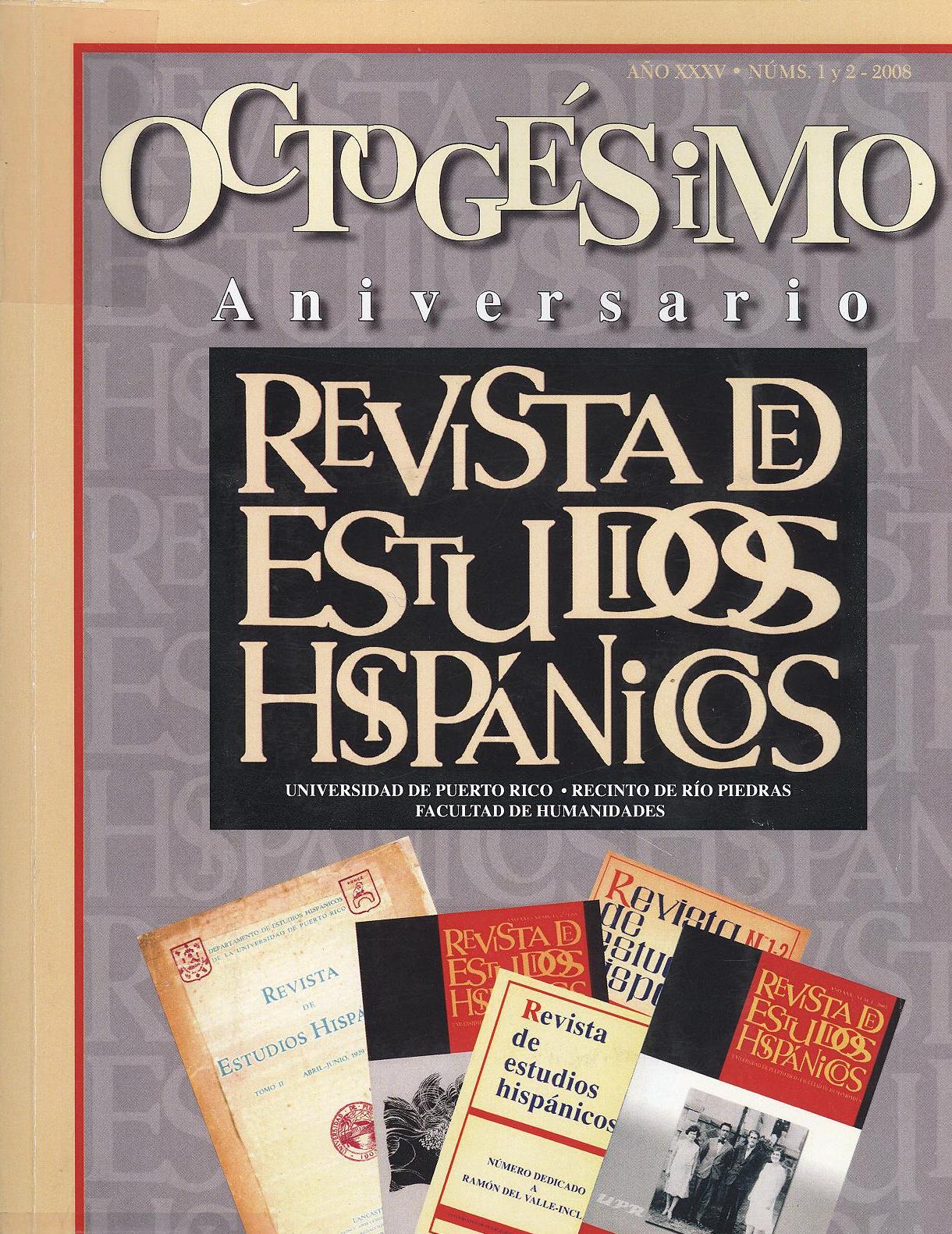Abstract
This essay examines the importance and value of the literary work of Juan Ramón Jiménez in twentieth-century Spanish poetry. It emphasizes the enormous innovation of a brilliant cycle of poetry that extends from Sonetos espirituales to Piedra y cielo and that recognizes Diario de un poeta reciencasado as the center of a new poetic world. It studies the key significance of the Diario as an epoch-making contribution to the poetry of its time and as an indispensable book for understanding the later work of the Nobel Laureate in exile. This essay gives special attention to the unity and coherence of his work, in its constant evolution and renovation. The two poles of nearly sacred orientation and inspiration, Moguer and Zenobia, constitute the center of the drama in the Diario and appear again as important themes in Dios deseado y deseante. Juan Ramón's entire work, as he himself has pointed out, can be seen as the poet's religious progress toward the encounter with his god.This work is licensed under a Creative Commons Attribution-NonCommercial 4.0 International License.

